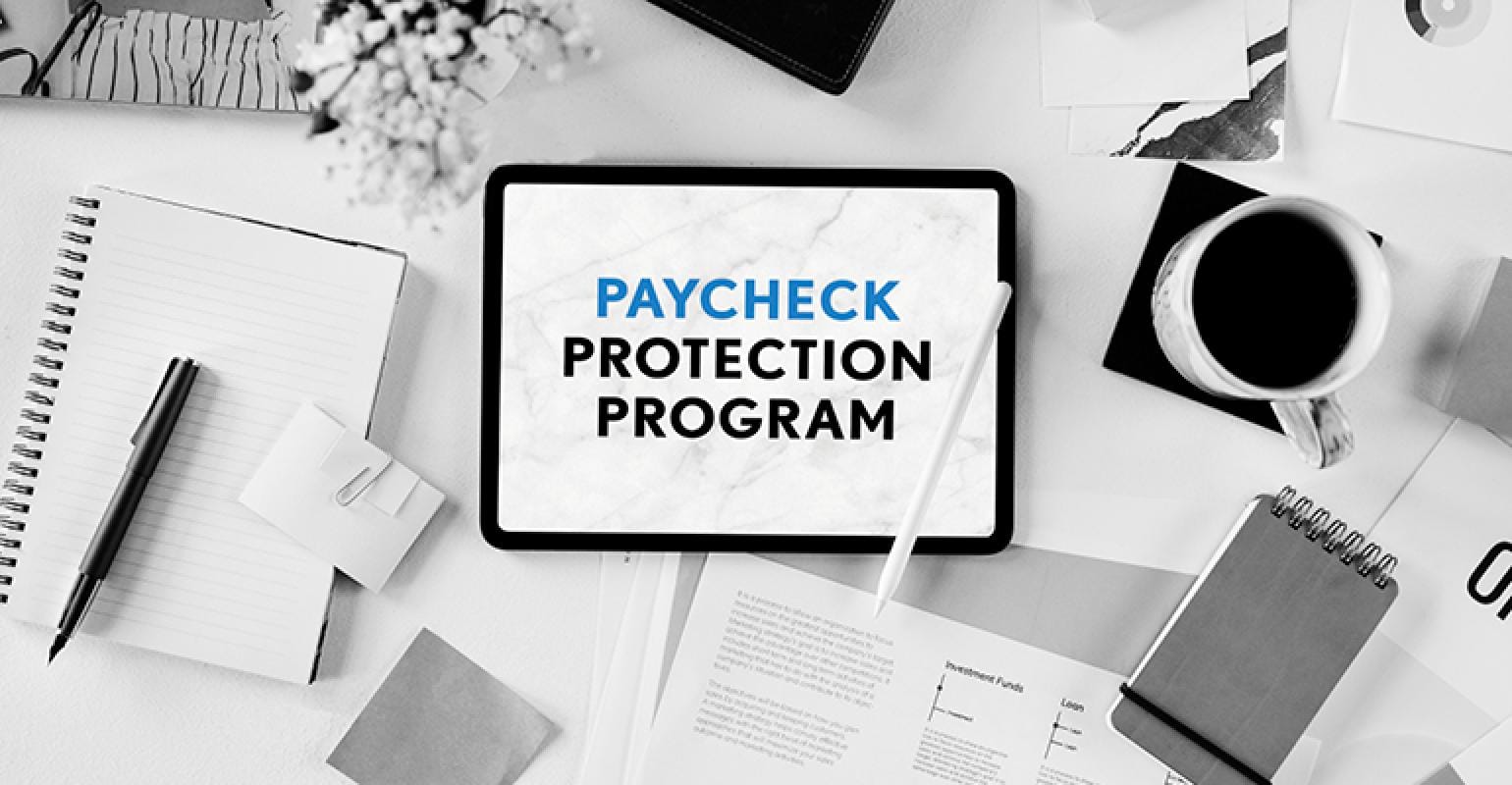The Paycheck Protection Program (“PPP”) authorizes forgivable loans to small businesses to pay their employees during the COVID-19 crisis. The following contains recommended strategies for using those funds in compliance with the rules of the program.
The Paycheck Protection Program is a loan designed to provide a direct incentive for small businesses to keep their workers on the payroll. SBA will forgive loans if certain criteria are met and the money is used for specific qualifying expenses. No collateral or personal guarantees are required. Neither the government nor lenders will charge small businesses any fees.The loan amount is based on 2.5 times your average monthly payroll up to a maximum of $10mm. Payroll includes U.S. based W-2 employees up to $100k per employee. Sole proprietors should use 2019 Schedule C income to determine loan amount.
You can apply through any existing SBA 7(a) lender or through any federally insured depository institution, federally insured credit union, and Farm Credit System institution that is participating. You should consult with your local lender as to whether it is participating in the program.
Once you have been approved for the funds and the distribution is made to your account, you have 8 weeks to meet the criteria for loan forgiveness under the program. If you do not meet the requirements, a portion or all of your distribution will convert into a 2 year loan at 1% interest with a 6-month deferral.
Here are some tips to ensure compliance and maximum forgiveness with the PPP rules:
To receive loan forgiveness, you have 8 weeks starting on the day the loan is disbursed into your account to spend the funds on qualifying expenses.
At least 75% of your loan must go towards:
- Gross pay;
- ER paid health care;
- ER match retirement;
- State unemployment tax;
- Severance pay
Up to 25% of your loan may go towards:
- Rent
- Business loan interest
- Utilities
Maximize qualified expenditures during the 8-week period to meet the 75% requirement by paying wages more frequently, making retirement contributions, and early bonuses if necessary. Be sure not to exceed the 100k cap on total gross wages. If you cannot meet these expense requirements, the portion of your loan deemed not forgivable will convert into a 2 year loan at 1% with a 6 month deferment period.
It’s important to track these expenses to ensure you do qualify for maximum forgiveness on the loan. It is the borrower’s responsibility to provide proof of qualifying expenses. First, we recommend you set up a separate bank account to track what your spending for future audits to avoid claw backs and disallowed costs. A clear audit trail with separate dedicated bank account easiest way to go. Where possible, avoid commingling of funds with your existing business assets. If you have already deposited the funds into your regular business account, we recommend you move the funds you have not yet used into a separate account and create a clear audit trail of the funds you have already spent as well as the transfer into the new account. Also, be sure to write down the reasons your businesses needed the loan to support your attestation that your business was impacted by Covid-19. In the event of an audit, you will want to have clear evidence that your business was adversely affected.
There are two major reductions that can effect your loan forgiveness. Loan forgiveness will be reduced if either of the following occurs:
Employees who made less than $100,000 of compensation in 2019 have their compensation reduced by 25% or greater or the number of full-time employee equivalents is less than the same number of employees during either (you may choose the more favorable period):
February 15, 2019 through June 30, 2019; or
January 1, 2020 through February 29, 2020.
Treasury Department has stated that you can hire employees back by June 30, 2020 and still qualify for forgiveness.
Avoid double dipping into other programs designed to help small business. The Employee Retention Credit is not allowed if you take a Payroll Protection Program loan. In general, higher average payroll tends to favor using the PPP, while lower salaries may make using the Employee Retention Credit a better move. In either case, you cannot use both. If you have all or a portion of your PPP loan forgiven, you cannot use the deferral of payroll taxes provision. If you receive a PPP loan and use it to pay your own compensation, you likely will not qualify to receive unemployment assistance until the loan has ‘run out’.
Do not misuse PPP funds. If you realize you made an error, contact your bank to remedy the error immediately. Misuse of PPP funds is subject to criminal penalties.
Callan Capital does not provide individual tax or legal advice, nor does it provide financing services. Clients should review planned financial transactions and wealth transfer strategies with their own tax and legal advisors. Callan Capital outsources to lending and financial institutions that directly provide our clients with, securities based financing, residential and commercial financing and cash management services. For more information, please refer to our most recent Form ADV Part 2A which may be found at http://www.adviserinfo.sec.gov.





